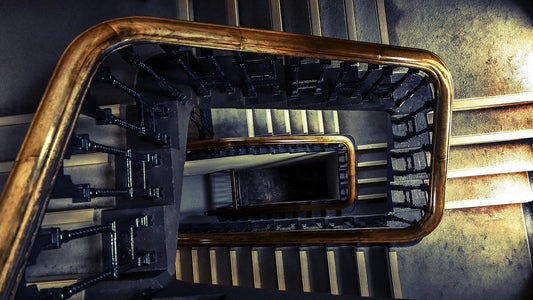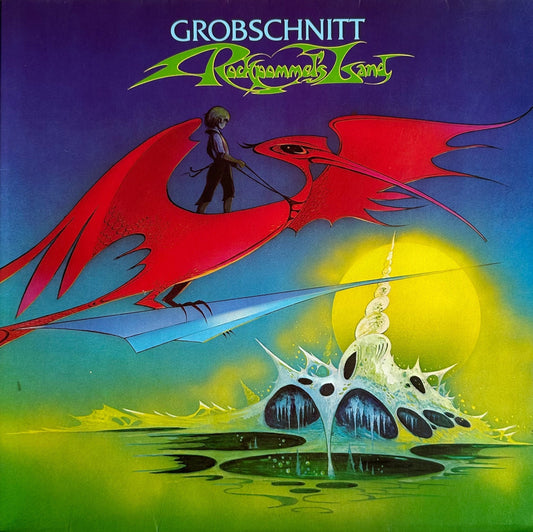Yesterday I explained why use of the (then) new category of IC op amp was so darned attractive back in the 1970's and still is today: easy to design with, reliable consistent performance and low cost. Good combinations!
Something else was also attractive to high-end audio designers like Stan and I - they were more like tubes in that they used a standard pinout for their enclosure. If you've ever played with tubes you know that not every tube sounds the same even though they are the same style. A 12AX7 tube is perhaps the most popular audio tube ever made. It fits nicely into a socket and it's easy enough for designers and consumers alike to pop in different brands of 12AX7 tubes and listen to the differences - that's because the entire amplifying device is contained in one enclosure, just like an op amp.
Now, for the first time in solid state history, audio designers could (if they had a mind to - and most didn't) pop in any number of op amps into an IC socket and
listen to the differences. This took the tube swapping idea to all new heights. With tubes you're pretty much stuck with swapping out like tubes - 12AX7 was pretty much all you could throw in - but with these new op amps, the sky was the limit. The convention for packages was standardized: 8 pins DIPS (Dual Inline Package meaning two parallel rows of 4 pins) were used for single op amps and 14 pin DIPS were used for dual op amps and all adhered to a standard pin configuration. Wow.
But that's when the trouble started for those of us who actually listened to our designs in addition to watching our meters. The audible difference in a simple preamplifier or phono stage between a 709, a 301 or a 741 were jaw dropping. Holy baloney! And it got worse: Motorola 709's sounded decided different than National 709's and they advertised the same specs! What was happening?
Let's take a look at a schematic of the internal construction of the famous Widlar designed 709, the first truly great op amp.

Now, let's compare that schematic to the ubiquitous 741 (not designed by Widlar)

Notice any difference? Of course you do they are very different designs - and yes they had very different specs as well - but the point is these seemingly simple building blocks were internally very, very different and they sounded different.
Here is a schematic of a modern day favorite for audio designers and found in many designs, the NE5532. Notice also that as time goes on in the progression of designs the number of components increases? Just look at the amount of parts in the 709 compared to the 5532.

OK, so tomorrow, let's show you how all these complicated looking schematics can be easily understood and broken down into simple terms. I think you'll find tomorrow's post interesting and easy.
 Now, let's compare that schematic to the ubiquitous 741 (not designed by Widlar)
Now, let's compare that schematic to the ubiquitous 741 (not designed by Widlar)
 Notice any difference? Of course you do they are very different designs - and yes they had very different specs as well - but the point is these seemingly simple building blocks were internally very, very different and they sounded different.
Here is a schematic of a modern day favorite for audio designers and found in many designs, the NE5532. Notice also that as time goes on in the progression of designs the number of components increases? Just look at the amount of parts in the 709 compared to the 5532.
Notice any difference? Of course you do they are very different designs - and yes they had very different specs as well - but the point is these seemingly simple building blocks were internally very, very different and they sounded different.
Here is a schematic of a modern day favorite for audio designers and found in many designs, the NE5532. Notice also that as time goes on in the progression of designs the number of components increases? Just look at the amount of parts in the 709 compared to the 5532.
 OK, so tomorrow, let's show you how all these complicated looking schematics can be easily understood and broken down into simple terms. I think you'll find tomorrow's post interesting and easy.
OK, so tomorrow, let's show you how all these complicated looking schematics can be easily understood and broken down into simple terms. I think you'll find tomorrow's post interesting and easy.








